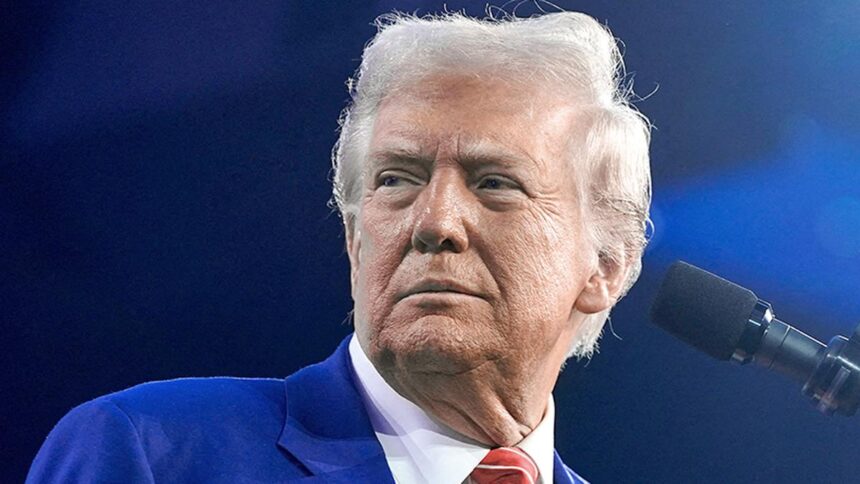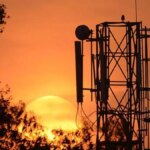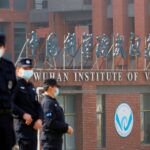Experts in the industry are optimistic about a streamlined H-1B visa application process and increased quotas benefiting Indian IT companies, especially following U.S. President-elect Donald Trump’s recent approval of tech visionary Elon Musk’s favorable view of H-1B visas for skilled immigrants, which he described as a “great program.”
With the U.S. high-tech sector focusing on cutting-edge innovations such as artificial intelligence, autonomous vehicles, smart cities, and the Internet of Things (IoT), there is a pressing need for highly skilled engineers and scientists, according to Vikas Gupta, CEO of Omniscience Capital.
“The U.S. defense and security sectors recognize that to maintain global leadership in emerging technologies, they require top-tier talent. This requirement can be met through legal immigration, whether temporary or permanent, with H-1B visas serving as a primary pathway for skilled migrants to enter the U.S. Furthermore, the education sector benefits, as many international students finance their education with hopes of securing an H-1B visa to work in the U.S. tech industry,” he elaborated.
Gupta noted that reforms might be on the horizon for green card regulations to favor highly qualified immigrants, along with other policy adjustments to support students graduating from STEM disciplines and those holding advanced degrees like a Master’s or Ph.D.
There are currently over 300,000 Indian students in the U.S., contributing more than $10 billion annually. Gupta highlighted that Indian students represent the largest group of international students in the U.S.
“Historically, the U.S. has reaped significant benefits from these students, many of whom ultimately contribute positively to the U.S. economy. Notable examples include prominent CEOs like Satya Nadella, Sundar Pichai, and Arvind Krishna, who have taken this route to success,” he added.
Aditya Narayan Mishra, MD & CEO of CIEL HR, shared this perspective, suggesting that recent supportive measures on H-1B visas could bode well for Indian tech professionals looking for opportunities in the U.S.
Indians comprise a large percentage of H-1B visa recipients, especially in technology and IT roles, and any positive changes in policy could strengthen the connection between Indian talent and innovation in America.
“This may enhance career prospects, provide exposure to global practices, and facilitate access to advanced technology, thus improving visa processing, job security, and confidence in long-term career planning. Additionally, it could prompt U.S. companies to invest more in training and development for their Indian workforce. While these policy statements are encouraging, we are keenly observing how they play out in practice. The H-1B program has been vital for U.S. employers seeking specialized skills and for Indian professionals eager to engage with the American tech landscape,” he noted.
Data from the American Immigration Council reveals that during Trump’s previous administration, the U.S. Citizenship and Immigration Services (USCIS) started denying a larger proportion of H-1B applications compared to the four years prior. However, many of these denials were reversed later, with denial rates significantly decreasing in the latter half of FY20.
According to USCIS data, the denial rate for initial new H-1B petitions rose from 6% in FY15 to 24% in FY18, then decreased to 21% in FY19, 13% in FY20, and just 4% in FY21. Conversely, the petition denial rate for ongoing employment was 2% in both FY21 and FY22, down from 7% in FY20 and 12% in FY18 and FY19.
Mishra noted that historical trends show H-1B approval rates can vary greatly based on policy enforcement. However, the current encouraging stance could foster a more welcoming atmosphere for Indian students aspiring to work in the U.S., particularly compared to the previous term’s more restrictive policies.
“Students are encouraged to focus on building expertise in in-demand areas such as technology, engineering, and education, as these fields consistently seek specialized talent, irrespective of policy changes. Though the outlook is promising, overall success will still hinge on individual qualifications and market needs in these specialized domains,” he concluded.










